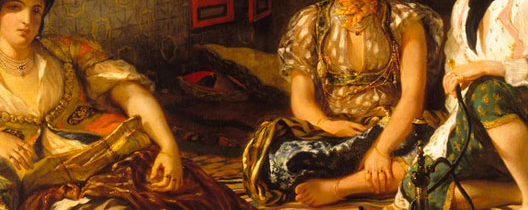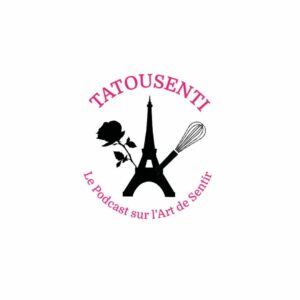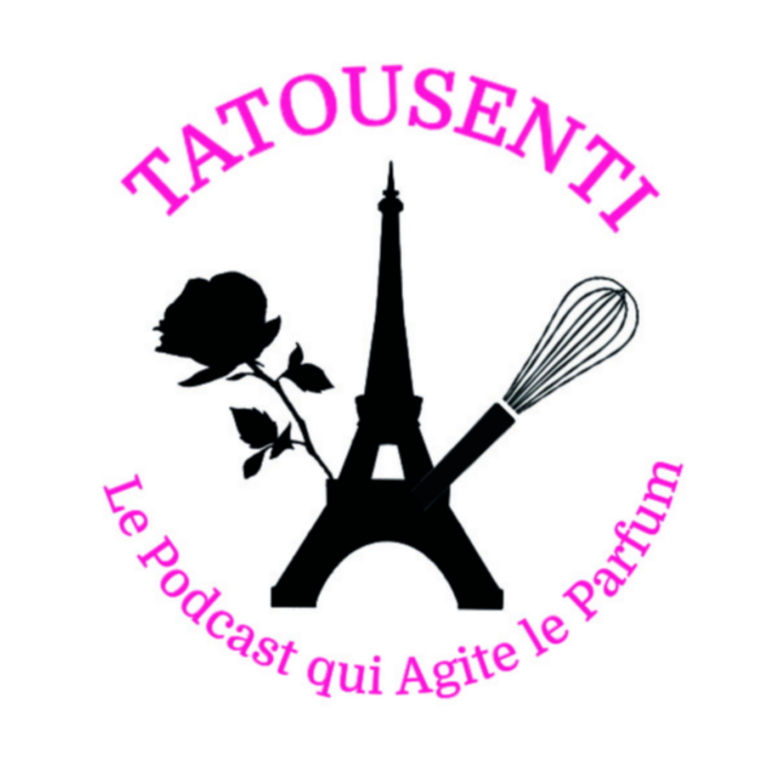How to recognize an oriental fragrance ?
Oriental fragance is considered as the second most important one, just after the floral family. Many questions come to one’s mind… Are the oriental family and the amber family the same ? They are perfumes that make us travel anyway ! How do we recognize them ? When did they first appear ? Just as many queries to understand the oriental olfactive family, recognise its perfumes and finally know if and why you like them !
Birth place of Oriental Fragrance
Launched in 1908, this family owes it’s name, due to the perfume Ambre Antique, by François Coty. It is all about an accord of the Samuelson ambreine base. Not only François Coty will have contributed to make the perfumery evolved by using synthetic raw materials but we owe him the birth of two olfactive families which are the amber family with Ambre Antique in 1905 and the Chypre family, illustrated by Chypre in 1917.
- They are balms or resins or leaves that one uses to make an oriental or amber base accord. The balms are the benzoin, tolu balm, peru balm, remarkable for their soft vanilla smell, that are more or less pronounced but still warm.
- The tolu balm has more cinnamon, liquorice notes while the benzoin has more vanilla notes and the peru balm a woody, leathery and cade notes.
- The vanilla and the vanillin
- The patchouli
- The cystus-labdanum
All evoke the delight of the oriental nights, the Arabian Nights, the Harems, the riots of muslin, the beauty of the hangings of the gardens, the sensuality, the temptation.
What is the DNA of this family ?
It is with Shalimar from Guerlain, in 1925 which has a soft amber note that the terminology will evolve. As this fragrance evokes the Orient, all the fragrances of this same family will be then anmed as the oriental perfumes. So you will understand now that talking about amber perfume or an oriental perfume means the same. It is said that Jacques Guerlain was inspired greatly by “L’Emeraude” from Coty, launched in 1921 and considered as well as an oriental fragrance. But the history of the terminology of the classification of this olfactive family continues to evolve. For example, from the time when the perfumer creators integrate in their formulae a great quantity of flowers to this accord of balm, vanilla, cystus-labdanum notes, these perfumes belong then, to a floral oriental or semi-amber family.
I am really appreciated just after the floral one, says the oriental !
The french are special fond of oriental trails. It represents nearly 40% of the perfume sales. It is a promise of sensuality, warmth and voyage towards this mysterious Orient continent. Most of the times they are exotic, reassuring, deep and seductive. Their diffusion and trail are the keys to this oriental sensuality.
The traditional accord will evolve along the period to let the white musk take place instead of the cyste-labdanum. So their character becomes softer and their personality more consensual.
What are the leaders of the oriental family ?
Women’s fragrances
- 1889, Amber Jicky de Guerlain
- 1905, Amber Ambre Antique de Coty
- 1911, Woody Narcisse Noir de Caron
- 1921, Amber Habanita de Molinard
- 1925, Amber Shalimar de Guerlain
- 1952, Spicy Youth Dew d’Estée Lauder
- 1981, Green Must de Cartier
- 1989, Woody Samsara de Guerlain
- 1998, Woody Hypnotic Poison de Christian Dior
- 1992, Gourmand Angel de Thierry Mugler
- 1993, Amber Ambre Sultan de Serge Lutens
Men’s fragrances
- 1965, Citrus Habit Rouge de Guerlain
- 1990, Woody Egoïste de Chanel
- 1996, Woody A’Men de Thierry Mugler
- 1998, Woody Pi de Givenchy
How is it used ?
Due to their enveloping notes, which are warm and reassuring with their sensual, mysterious and mischvious facets, they are winter perfumes when the temperature goes down, and they are also perfumes for the evening. Their voluptuous trail are more convenient for the evening than during the day… at work !
Introduction to the oriental fragrance stars
has been the first one to magnify and sublimate the amber with his fragrance, named Ambre Sultan. Just like a jewel , the labdanum is a precious stone, set by the incense and spice.Mitzah from Dior echoes a few years later, enriched with a rose and vanilla. However, Jean Laporte was the forerunner with Ambre Precieux among the rare brands. It’s an accord of dried and balsamic flowers. The lavender and the myrtle wind rapidly into the balms( Tolu Peru ). All the softness of the vanilla makes a perfume like a warm and mellow cocoon . Finally, Akkad from Lubin, starts on cold spices (cardamone, elemi) before letting room to a heart of amber, mingled with labdanum, vanilla, and patchouli. It’s oriental tones underlined by an incense, reveal a rich and voluptuous trail.
In this gloomy atmosphere, these oriental notes make a perfect antidote to the depressing ambient atmosphere. Lately, the oud has appearded as the raw material. It is very popular and appreciated in the Middle East, and has invaded gradually the French creations. As a result, the oud has dethroned the patchouli.
It’s Yves Saint Laurent with his M7 perfume who was the first to launch and use the oud. He was the forerunner but perhaps a little bit too much in advance, so it did not meet with the success !. By Killian dedicated it with his Arabian Nights collection. The “Or pur” oud, claimed to be present in Pure Oud, Rose Oud and Amber Oud is a reconstitution of the ingredients of the smoke of bakkhour, explains Kilian Hennesy. The oud has no only flooded the market of the rare brands but also the exclusive collections of Dior, Guerlain, Arman, Dolce & Gabbana.
What is this family’s future of oriental fragrance ?
The oud has become, somehow, the new patchouli !… a sort of graal oriental for many perfumers who dream to work work with it. This is how the oriental perfumes of a new gender have appearded on the market- “the French Oriental” as Denis Beaulieu calls it. This time, the occidentals have reinterpretated with their own vision and reference, a raw material, coming from the Orient. We are far away from the Shalimar, which was an olfactive vision of an Orient, fantasized, and has nothing to do with the trail, that is more pungent, more fawny, and more enveloping of these perfumes with the oud.









Recent Comments